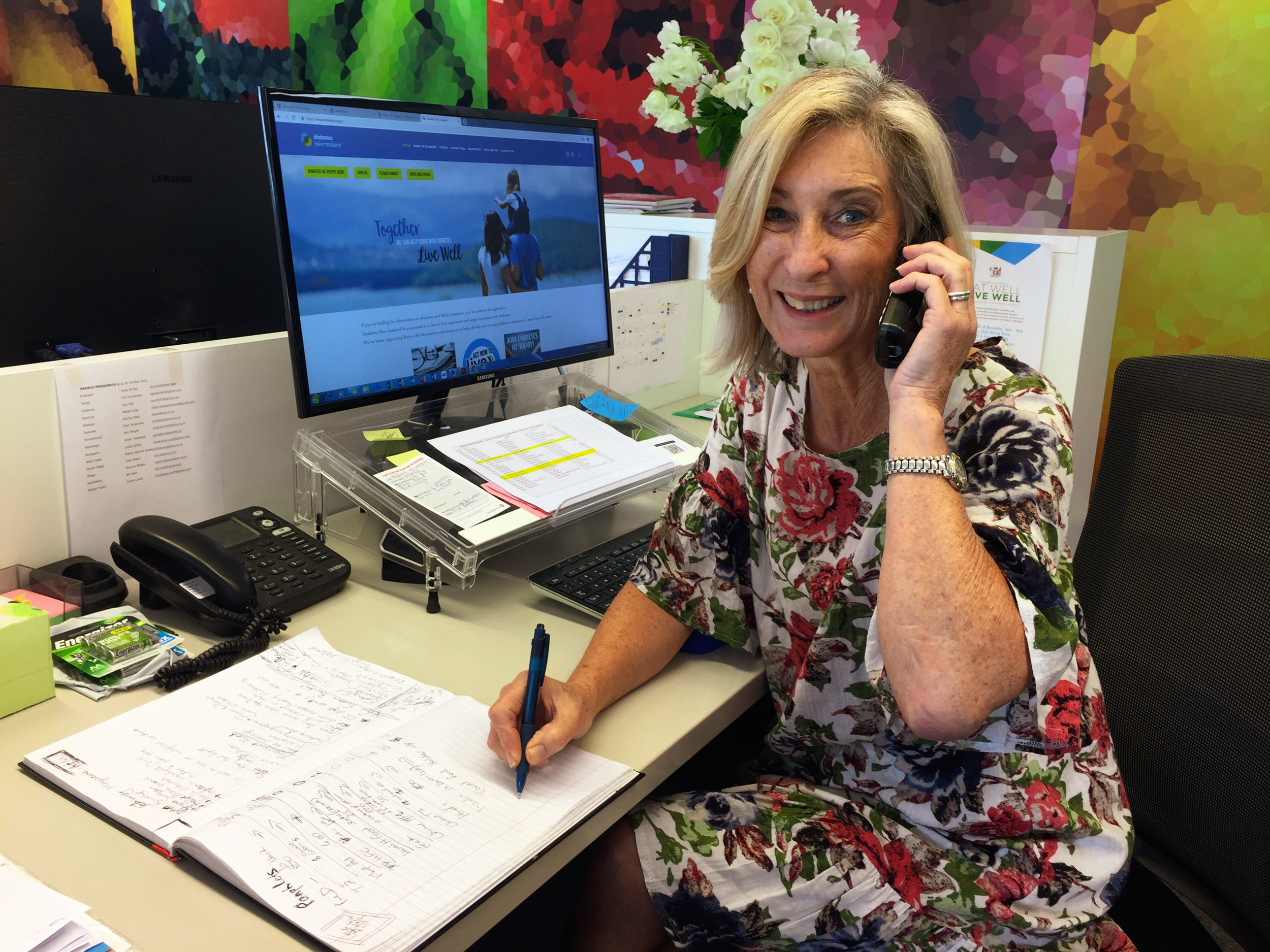What is diabetes?
SYMPTOMS OF DIABETES
TYPE 1 DIABETES
TYPE 2 DIABETES
Pre-Diabetes
Gestational Diabetes
LADA (Latent Autoimmune Diabetes in Adults)
Get Tested for Diabetes
KNOW YOUR RISK
COMPLICATIONS
LIVING WELL WITH DIABETES
Diabetes friendly recipes
Covid-19 and diabetes
Type 1 Diabetes Day to Day Management
Type 2 Diabetes Day to Day Management
Managing Diabetes
Eating with diabetes
Diabetes and your emotional wellbeing
Getting active
Diabetes Supplies
Financial Support
Your Stories
App: My Diabetes Journey
Take Control Toolkit
Live Brave Mana Ora
Youth and Whānau Camps
Resources for Young Adults
Resources for Schools & Child Care Centres
Help & Support
Brave Bear Pack (#1 Pack)
Type 1 Newly diagnosed packs
Diabetes Action Month
My Diabetes Journey App
Diabetes info pamphlets
Publications and tools
Diabetes Research
Blog
Jumo Podcast
Information for Health Professionals
Diabetes NZ Awards

